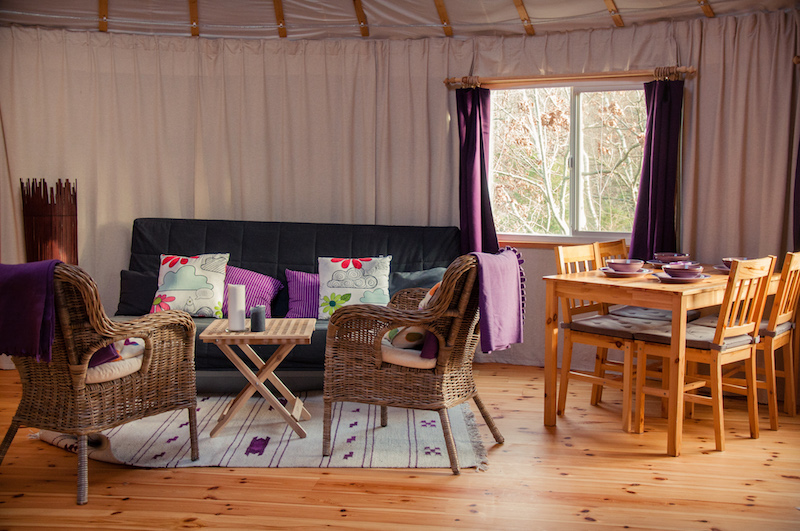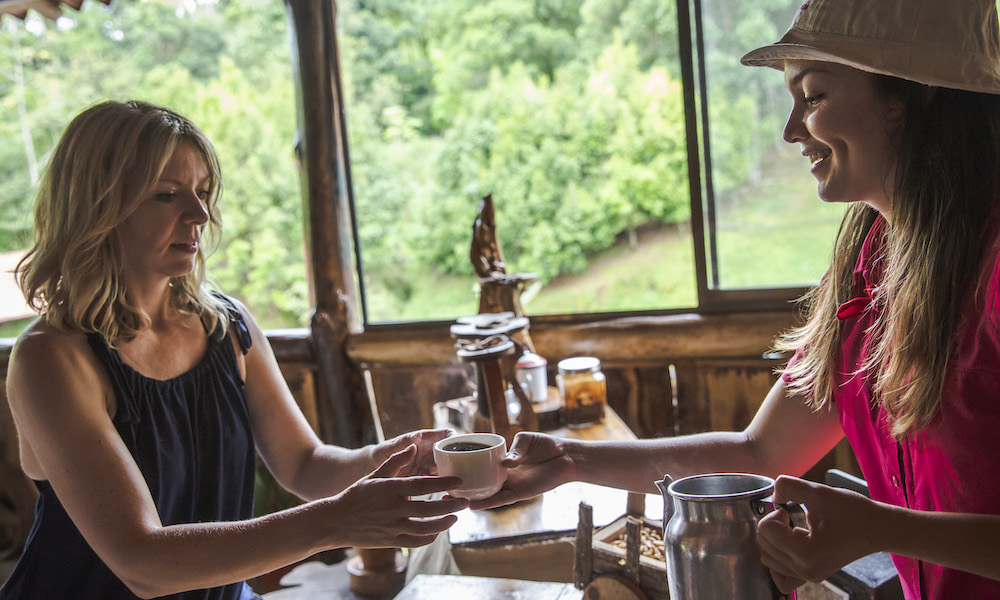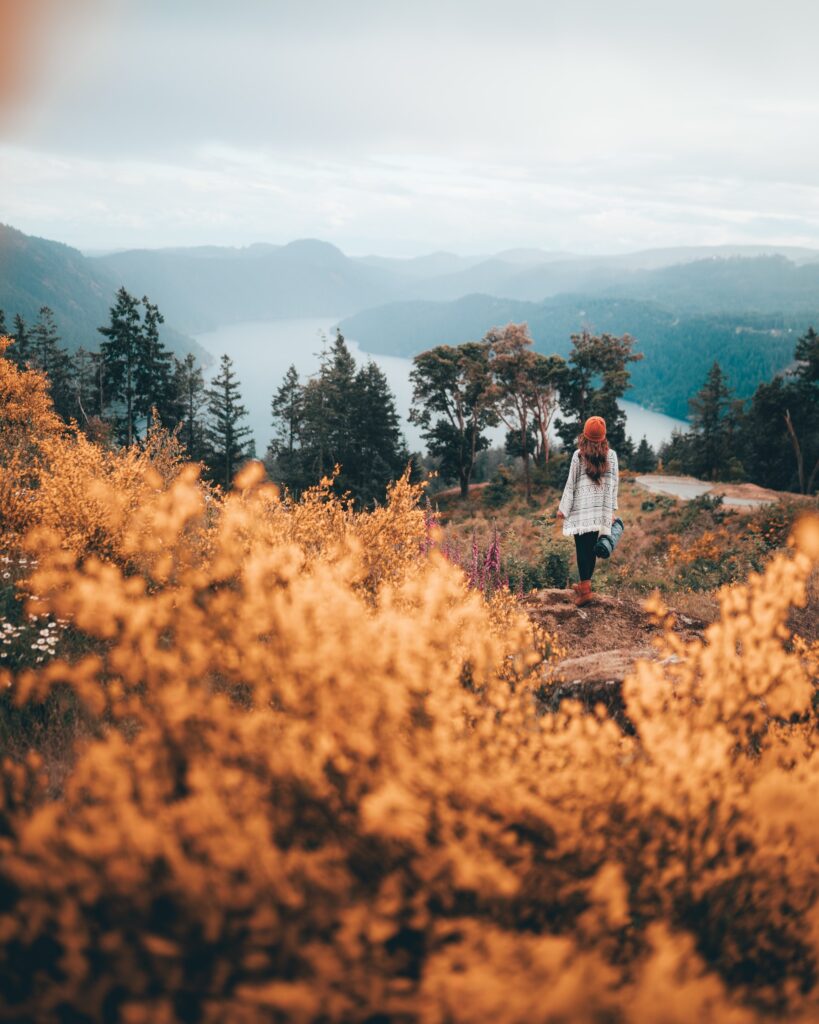Beeplushive.com for Wander
As an association of hotels that are dedicated to developing inspiring and exceptional guest experiences with a strong sustainability element, we are often asked what defines a “sustainable trip.”
The main challenge on this is really understanding, acknowledging and being at peace with the fact that your decisions have a limited area of influence on the environmental (in a broader sense of cultural + social + ecologic) impact.
The good news is that there are a handful of simple actions you can take that can make a big change to the local community and ecology balance (and if that’s not travelling sustainability, I don’t know what it is).
The beautiful thing about tourism and sustainability is that it is the ultimate “glocalization” industry. It may be the only economic activity that takes you personally to a different place or culture (and not the other way around).
This is critical because it allows you, as the traveller, to take an active role to engage the location (compared to, say, coffee – most consumers will never meet the farmer).
Bee + Hive approaches what makes a sustainable trip through 3 lenses; I will try to break down how this unique aspect of tourism reflects on each:
SOCIAL-ECONOMIC

Be sure to read beforehand about the local culture, prioritize independent hotels that are naturally integrated with the local community and know the “whos and wheres” of the place, and will be happy to bring new customers to the local village.
Allow your presence to be part of the economic motor behind a local community, investigate and choose businesses that are part of the community.
CULTURAL

On top of this, be mindful of the WAY you approach the destination and its people.
It’s never too much to ask – and often, local communities will be very happy to explain to you in detail how their customs came to be, how their great-grandmother taught them this recipe, or how a visit from a historic figure created a local holiday.
This is the non-economic positive impact of a sustainable trip that is often underappreciated – there is a significant boost of PRIDE that local communities benefit from sharing their history, culture, and customs.
This is usually taken from them via large resorts: the ability to have on a 1-to-1 exchange with a tourist, explain to them how their culture is amazing.
Also, don’t assume everyone speaks your language and try your best to understand their non-verbal communication.
ECOLOGICAL

The most obvious and promoted (and yes – why I left for last) side of sustainable tourism is in regard to the relationship with nature.
Let’s address the elephant in the room: yes, there is a significant footprint from taking flights, but there is no real other option in most cases.
Once at the destination, check for all opportunities for bike transfers instead of a taxi or renting a car – good for your wallet, for your health, but also the environment (unfortunately, not all destinations are ready for this, structure-wise, and also safety-wise).
Each location has its challenges, and if you chose correctly, locals will be the ones better equipped to give you the right and effective tips.
All this can be summarized in a couple of very straightforward recommendations for a sustainable trip:
- The Earth is for us all, but you are in someone else’s house.
- Be mindful, respectful, and thankful. Act as if you are visiting your mother. Choose your hotel (independent, integrated to the local community), and trust their knowledge and connections.
- Locals always know better.

